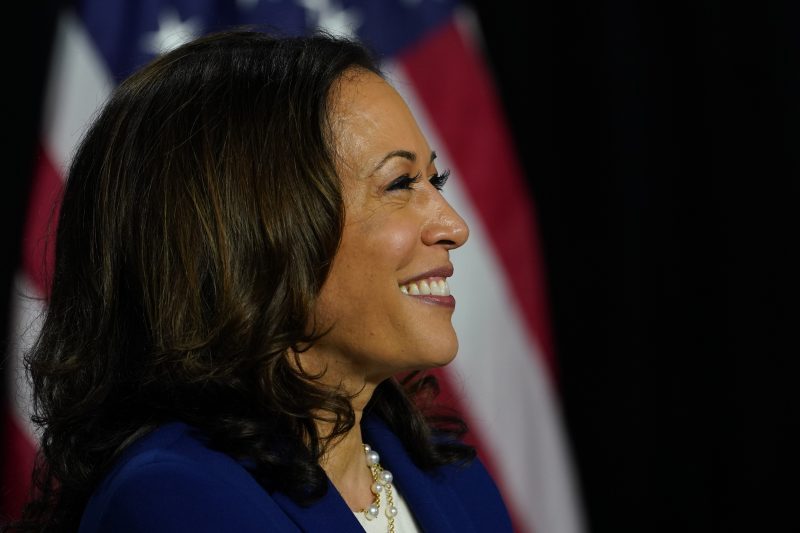How Busing and School Desegregation Shaped Kamala Harris’s Views of Race
The issue of school desegregation and busing has played a significant role in shaping the views of many prominent figures throughout history. One such individual is Vice President Kamala Harris, whose experiences with busing during her school years have influenced her perspectives on issues of racial justice and equality.
Busing as a Tool for Desegregation
Busing refers to the practice of transporting students to schools outside their local districts in order to achieve racial integration. The use of busing as a tool for school desegregation became a highly contentious issue in the United States during the 1960s and 1970s. In the landmark Supreme Court case of Brown v. Board of Education in 1954, the court ruled that racial segregation in public schools was unconstitutional. However, many school districts across the country remained segregated due to factors such as housing discrimination and unequal funding for minority communities.
In response to this ongoing segregation, many school districts implemented busing programs in an effort to promote racial integration and provide equal educational opportunities for all students. By transporting students to schools in different neighborhoods, these programs aimed to break down the barriers of segregation and create more diverse learning environments.
Kamala Harris’s Experience with Busing
Kamala Harris’s personal experience with busing began when she was just a young child growing up in Berkeley, California. Harris, who is of mixed Jamaican and Indian heritage, was bused to a school in a more affluent and predominantly white neighborhood as part of the city’s efforts to desegregate its schools. This early exposure to the challenges and benefits of busing had a lasting impact on Harris’s understanding of race and social justice.
While Harris has described her childhood busing experience as formative and positive, she has also acknowledged the complexities and controversies surrounding busing as a desegregation method. In her memoir, The Truths We Hold: An American Journey, Harris reflects on the challenges she faced as a young student navigating the racial dynamics of her new school environment. Despite these difficulties, Harris credits busing with providing her with valuable opportunities for personal growth and cultural exchange.
Harris’s Views on Race and Education
Kamala Harris’s experiences with busing and school desegregation have influenced her views on race and education throughout her career as a prosecutor, senator, and now Vice President of the United States. Harris has been a vocal advocate for policies that promote diversity and equity in education, including increased funding for schools in underserved communities and initiatives to address systemic racial disparities in the education system.
In her role as Vice President, Harris has continued to champion the importance of educational equity and access for all students, working to address issues such as school segregation, inequitable funding, and the racial achievement gap. Drawing on her personal experiences with busing and desegregation, Harris brings a unique perspective to discussions of race and education, advocating for policies that promote diversity, inclusion, and opportunity for all students.
In conclusion, Kamala Harris’s experiences with busing and school desegregation have played a key role in shaping her views on race, equality, and social justice. Through her advocacy for educational equity and diversity, Harris continues to draw on her personal history to inform her policies and initiatives as a leader in the fight for a more just and inclusive society.
